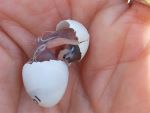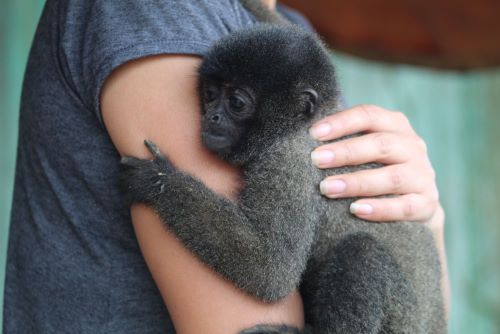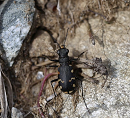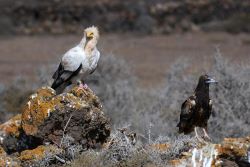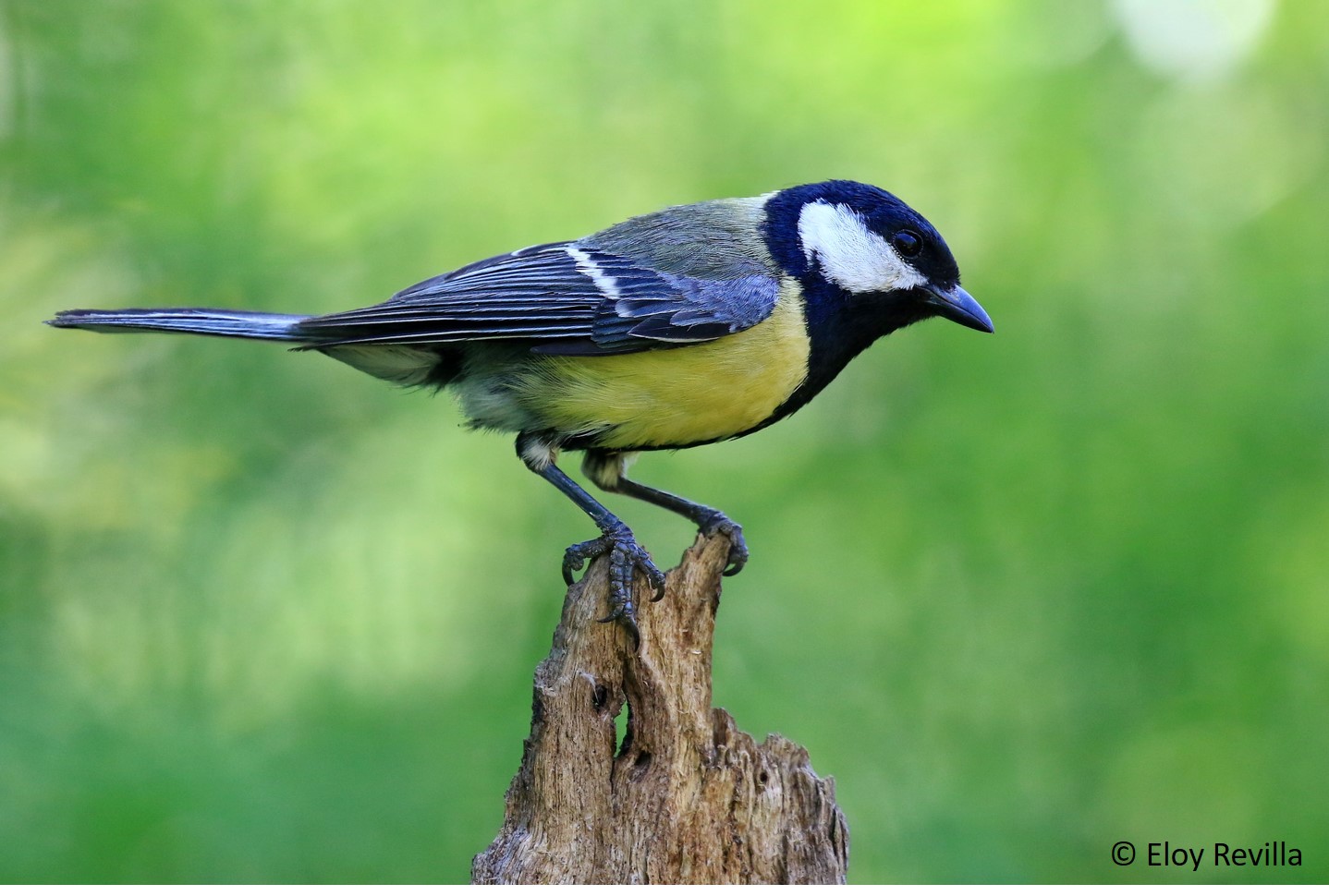The consequences of ant invasions on ecosystems may only become apparent after long periods. In addition, predicting how sensitive native fauna will respond is only possible if the underlying proximate mechanisms of their impact are identified. The attraction of the native and invasive ant community to artificial bird nests was studied, together with reproduction of a wild native songbird over five consecutive breeding seasons in relation to the presence of an invasive ant species. Biometric, reproductive and individual blood parameters of great tits Parus major breeding in invaded as compared to uninvaded sites by Argentine ants Linepithema humile were analysed. Great tits bred preferably in uninvaded territories by the Argentine ant. Moreover, Argentine ants were more abundant at nests in invaded sites, than any native ant species were at uninvaded sites. Further, Argentine ants recruited at the artificial nests more intensively and responded to a larger variety of nest (intact eggs, cracked eggs, faeces, and cracked eggs plus faeces) contents than native species. Although breeding success and adult condition did not vary in relation to invasion status, offspring quality was negatively affected by the presence of Argentine ants. Nestlings reared in invaded sites were lighter, with lower wing/tarsus length ratio and had a reduced nutritional condition and altered oxidative stress balance as measured from several blood parameters. The interspersed distribution and small distance between invaded versus uninvaded territories suggest that ant presence affects nestling condition through direct interference at the nest. These results highlight the importance of evaluating the proximate effects like physiological parameters of the native fauna, when studying invasive ant-native bird interactions. informacion[at]ebd.csic.es: Álvarez et al (2020) Breeding consequences for a songbird nesting in Argentine ant' invaded land. Biol Invasions https://doi.org/10.1007/s10530-020-02297-3
https://link.springer.com/article/10.1007/s10530-020-02297-3

 Las altas temperaturas están provocando que las lagunas y las marismas de Doñana pierdan agua rápidamente
Las altas temperaturas están provocando que las lagunas y las marismas de Doñana pierdan agua rápidamente
